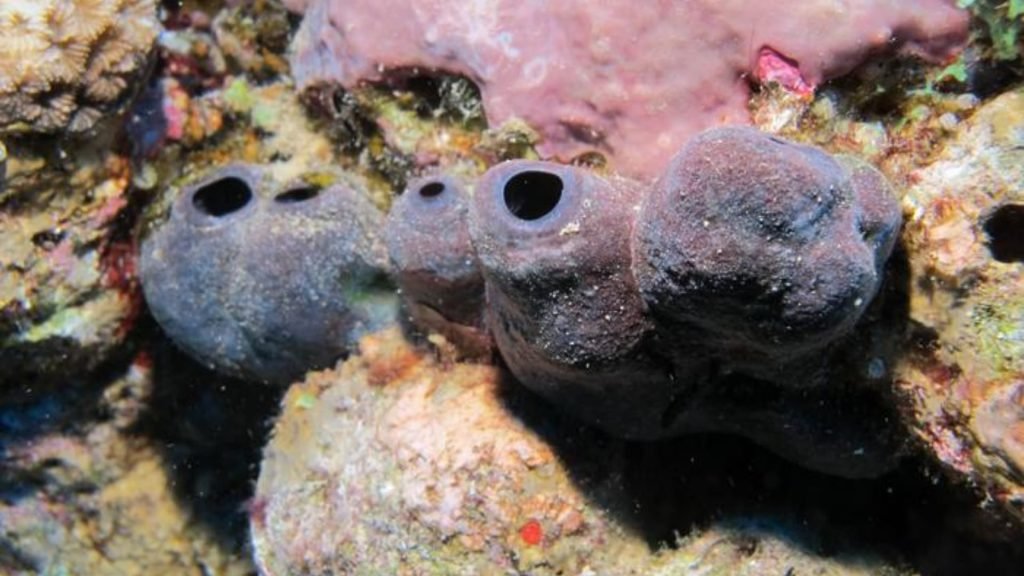The ocean is an unforgiving place, where survival often hinges on nature’s creativity.
Theonella conica, a sea sponge found in the Red Sea and Indian Ocean, exemplifies how life adapts to harsh environments.
Anchored to the ocean floor, T. conica relies on filtering seawater for sustenance — but its passive existence necessitates protection from predators.

Shani Shoham, a marine biologist at Tel Aviv University, led a study uncovering T. conica’s remarkable strategy: accumulating toxic levels of molybdenum, a metal typically harmful to most organisms.
Decades ago, researchers unearthed this sponge from Zanzibar’s coral reefs, noting its unusual molybdenum levels.
Shoham’s research in the Gulf of Eilat confirmed these findings, revealing concentrations of up to 46,793 micrograms per gram of dry weight, the highest known in any living organism.
Molybdenum, while essential in trace amounts for breaking down toxins and sulfites, is deadly in high doses.
The sponge’s prowess in managing this compound puzzled scientists — until they discovered the role of its microbial companions.
Within T. conica’s simple build, free of organs or nerves, resides a micro-ecosystem where up to 40% of its mass consists of symbionts: bacteria, fungi, algae, and viruses.
A key player in this symbiosis is the bacterium Entotheonella sp., prevalent in several sponges and renowned for bioactive compound production.
In T. conica, this bacterium converts toxic soluble molybdenum into safe compounds like calcium molybdate and sodium molybdate.
Shoham describes this relationship as a detoxifying process, allowing the sponge to store ever-increasing amounts of the mineral safely.
The exact reason for this accumulation remains speculative.
It’s hypothesized that molybdenum acts as a chemical defense, broadcasting the sponge’s toxicity to deter predators — a mutualistic exchange where the sponge shelters the bacteria in return.
The sponge’s distinct deep blue hue might even play a role in this defense mechanism.
Beyond mere survival, this symbiotic metal-hoarding presents potential environmental applications.
Theonella species’ capability to neutralize metal toxicity can inspire methods for addressing pollution, particularly in treating arsenic-contaminated water, a widespread issue affecting millions globally.
While extracting molybdenum from T. conica isn’t feasible, understanding and harnessing this natural detoxification could offer innovative solutions for environmental management.
Shoham’s research continues to unlock the mysteries of these symbiotic relationships in nature’s ongoing quest for survival.
